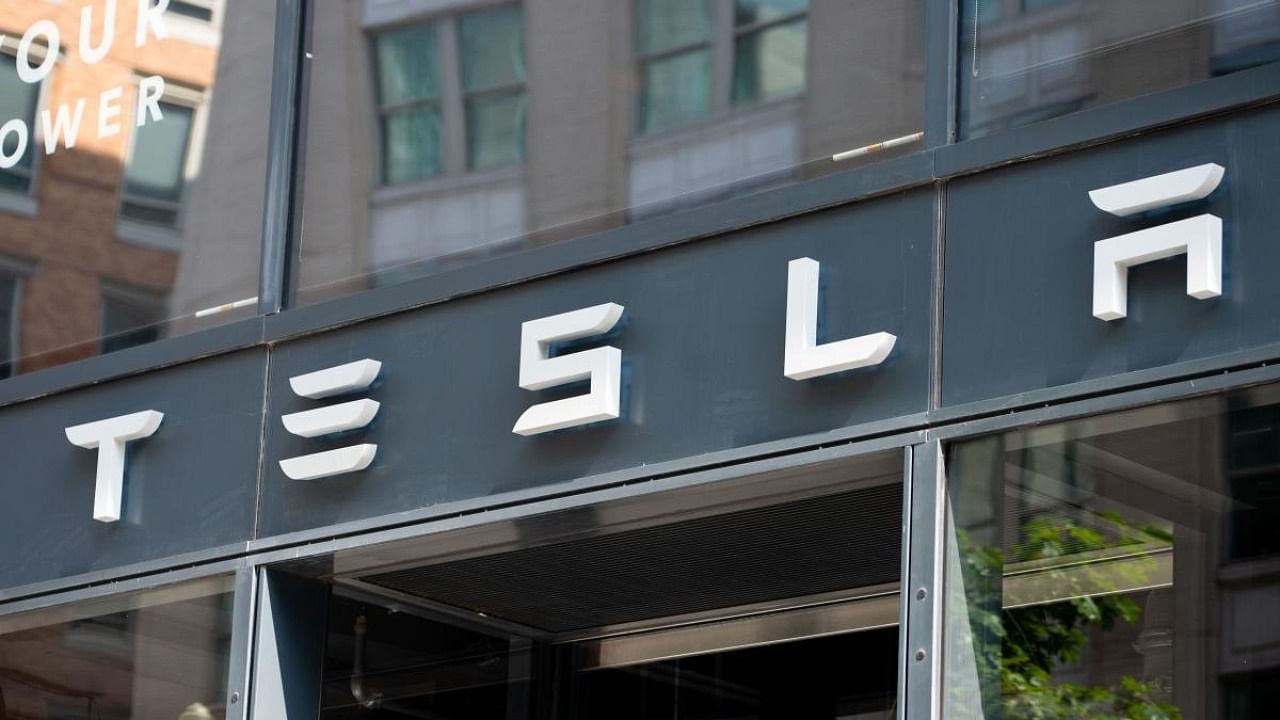
By Rachel Morison,
A project using giant Tesla Inc. batteries was used to help balance supply and demand in Britain’s electricity market for the first time this week.
The plant is made up of six Tesla megapack batteries that can store energy from renewable sources to be used at times of peak consumption. The National Grid Electricity System Operator uses the balancing market to fine tune supply and demand to make sure they match exactly.
The cost of balancing the power market surged this summer as the effects of the coronavirus pandemic reduced supply and made usage harder to predict. National Grid spent 718 million pounds ($932 million) balancing the network from March to July to cope with low demand and high supply of renewable generation -- that’s 39% higher than usual.
A new computer system used by National Grid has allowed burgeoning technologies like batteries to be used in the balancing market more easily. Ideally batteries can draw electricity from the network when wind or solar supply is plentiful or even beyond what’s needed, and store it for use at times of peak demand.
In years to come growing battery capacity will add flexible back up for grid operators as the use of fossil fuels is completely phased out.
The 7.5-megawatt Holes Bay energy storage plant in Dorset in southwest England is operated by Fotowatio Renewable Ventures BV and Harmony Energy Ltd.
Even so, big battery plants are still only about one-10th the size of a gas-fired unit. National Grid changed the rules last year to allow capacities as small as 1 megawatt to take part in the balancing market.
National Grid is trying to “open the market to a wider range of providers and technologies, increase competition for balancing services and bring better value for consumers – and it will take us a step closer to being able to operate the grid with zero carbon by 2025,” said Roisin Quinn, head of national control and chief engineer at National Grid electricity system operator.